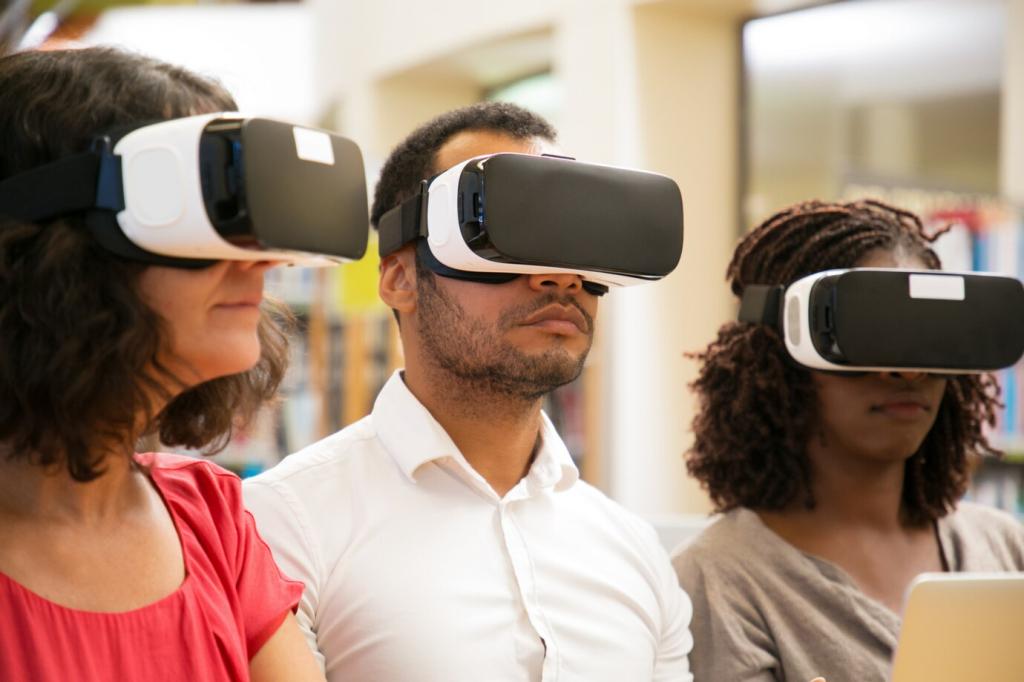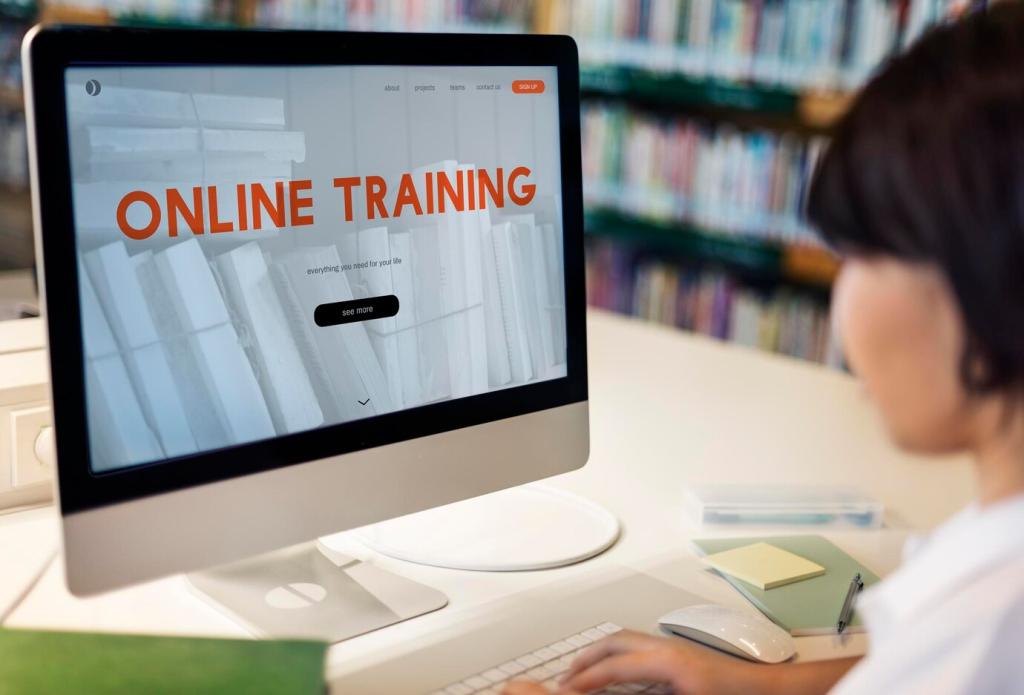Virtual IT Classrooms: Interactive Tools — Build Skills Together, Anywhere
Chosen theme: Virtual IT Classrooms: Interactive Tools. Welcome! This home page explores the most engaging ways to learn, practice, and collaborate online in IT. From live coding to cloud labs, discover practical ideas, human stories, and tools that turn screens into real classrooms. Join the conversation, share your experiences, and subscribe for fresh, hands-on inspiration.

What Makes a Virtual IT Classroom Actually Work
Real-time code editing, shared terminals, and instant chat create a rhythm that mirrors in-person labs. When learners can ask, try, fail, and retry together, the classroom becomes a workshop instead of a slideshow. Tell us how you collaborate best.


The Interactive Toolbox: Platforms and Patterns
Shared cursors, instant previews, and integrated terminals recreate pair programming online. Rotating driver-navigator roles keep attention focused and knowledge flowing. Try timing rotations at seven minutes, then report whether the cadence sharpened communication in your team.
The Interactive Toolbox: Platforms and Patterns
Prebuilt images, Compose files, and ephemeral clusters simulate realistic systems. Students practice deployments, monitoring, and rollbacks safely. If you’ve taught with infrastructure emulators, tell us which scenarios—network segmentation or blue-green releases—sparked the most discussion.
Human Stories: Engagement That Sticks
During a networking lab, Mia misconfigured routing and panicked. A peer used shared terminal access, narrated a fix, and asked Mia to repeat it. Five minutes later, she solved it solo. Post your own breakthrough moment to inspire new learners.
Human Stories: Engagement That Sticks
Raj assigned reviewers points for spotting performance issues and giving empathetic explanations. Using inline comments and badges, review quality skyrocketed. Would gamification help your cohort, or distract? Leave a comment with pros, cons, and alternatives you trust.


Micro-Sprint Projects with Clear Outcomes
Set a one-hour sprint to build a minimal service, instrument it, and publish logs. Provide templates, acceptance tests, and a demo slot. Learners rally around tangible outcomes. Try it this week and tell us which constraints boosted creativity most.
Scenario-Based Troubleshooting Drills
Seed a controlled failure—failing health checks, noisy alerts, or rogue dependencies. Provide observability dashboards and limited hints. Teams hypothesize, test, and document fixes. Share your favorite failure scenario, and we’ll compile a community playbook for instructors.
Reflective Retrospectives with Evidence
After each activity, ask for a short reflection: what changed in their mental model, with screenshots or diffs as evidence. Reflection cements learning. If you try this, post a template that worked, so others can adopt and adapt.
Accessibility and Inclusion in Virtual IT Spaces
Low-Bandwidth-Friendly Practices
Offer downloadable labs, text-first guides, and server-side rendering where possible. Record high-fidelity demos but provide lightweight transcripts and step lists. Tell us which optimizations helped your learners when connections faltered, so we can spotlight practical tactics.

Assessment That Motivates, Not Intimidates
Inline tests, linters, and quick polls give immediate guidance without derailing flow. Learners see next steps, not red marks. Which formative tool best encourages persistence in your classes? Share links or examples that others can reuse thoughtfully.
Assessment That Motivates, Not Intimidates
Assess with deployable artifacts, reproducible pipelines, and readable documentation. Invite peer demos and stakeholder feedback. Authenticity fuels pride. Post a rubric criterion you love—clarity, reliability, or security—and explain how it changed the quality of student work.


Context-aware hints can nudge learners toward debugging strategies without handing over answers. Pair with reflection prompts to avoid overreliance. Have you piloted AI guidance? Describe safeguards you used, so we can learn responsible practices together.
Future Horizons: AI and Immersive Interactivity
AR overlays and VR rooms can visualize complex systems—networks, clusters, or data flows—in spatial ways. When teleporting between nodes is possible, concepts click. If you’ve tried immersive labs, share outcomes, surprises, and what made the setup worth it.
